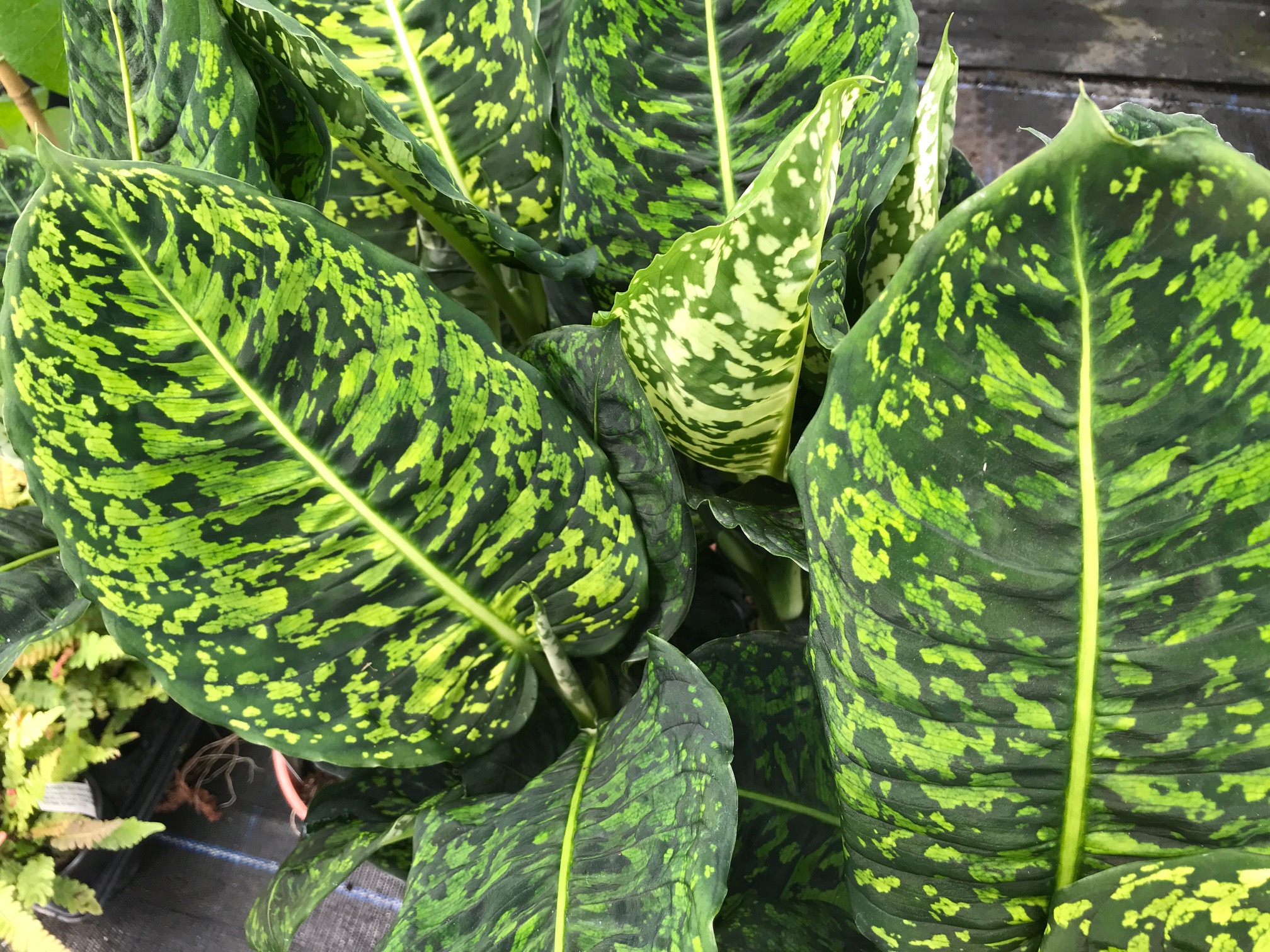

Does that mean that it can’t grow in low-lighting conditions? Not necessarily. Lastly, adding peat or humus improves the plant’s ability to absorb and retain nutrients present in other parts of the soil.ĭiffused sunlight or medium-to-bright sunlight is what this plant prefers to grow healthily. This results in a healthier base, and it makes it easy for the plant to access essential nutrients. If the soil you have isn’t up to par, mixing in garden lime can help. This plant thrives in slightly acidic soil, preferably one with a pH between 6.1 and 6.5. Garden lime is great at improving the soil’s acidity. I like to mix in a little bit of perlite or coarse sand, which improves the soil’s retention and aeration. If you have to use this growing medium, then consider amending it before planting your Dieffenbachia. The problem with this is that if the water fails to reach its root system, the plant begins to die. It’s too dense, and this impedes free flow of water. On that note, regular garden soil doesn’t cut it. The Dumb Cane reflector thrives in soil with good drainage and moisture retention capabilities. Maintain temperature in the range of 65º to 75✯ (18 to 24✬) and the humidity at 60%. Provide medium to bright sunlight and water only the top 1 to 2 inches of soil are dry.


Here’s everything you need to know about caring for Dieffenbachia Reflector.ĭieffenbachia Reflector ought to be grown in a slightly acidic, well-draining potting soil with good moisture retention. It’s among the most popular houseplants, which is not surprising given how easy it is to keep it alive. Looking to add some life to your home but don’t know how to get started? Start off with easy-to-maintain plants like the Dieffenbachia Reflector. Plants like dieffenbachias give your space a tropical look whilst improving indoor air quality.



 0 kommentar(er)
0 kommentar(er)
